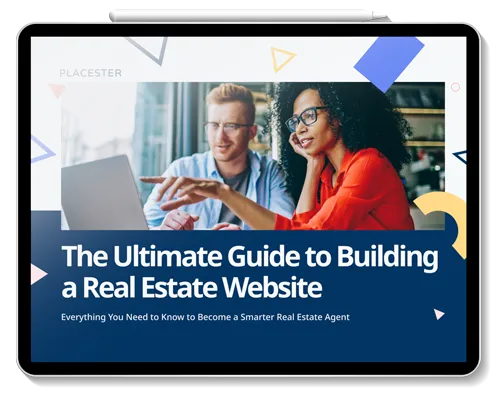In Website Redesign Don’ts, we gave you three decisions to avoid when redesigning your real estate website. Here are four more.
Four More Things You Shouldn’t Do If You Decide to Redesign Your Site
4. Don’t build your site for every customer in the world.
The definition of “remarkable” is worthy of notice — but that doesn’t stipulate by whom.
Building a great website is about knowing your audience and ensuring that you’re marketing yourself specifically to them. This has major ramifications for both the overall design of your site and the content that populates it.
If, for instance, your niche is high-end properties, your real estate website should provide an experience that appeals to the kinds of clients you’re looking for. If it’s foreclosures, you’ll want to take a much different approach.
Be focused and clear about your audience, the properties you represent, and market you are in. Otherwise, you’ll most likely end up with a site that’s basically an expensive trinket: pretty, but not especially useful to anyone.
5. Don’t use Flash.
It may look cool, but Flash is difficult to build and demanding to run. More importantly, Flash is unavailable to the majority of mobile users, who account for an increasing share of Internet traffic: Over a third of U.S. adults now own smartphones, and most of them access the web from their smartphones on a daily basis.
If you stick with Flash, you’ll be cutting yourself off from all that traffic. It’s no wonder that it’s quickly dying out: even Adobe, the company that owns the technology, has acknowledged that Flash is no longer viable, announcing plans to discontinue the platform. More to the point, however, Flash has nothing to do with generating leads. Why spend all that time working on it if it’s not going to do anything other than look pretty?
Before you start worrying about dazzling your site visitors, make sure your content is accessible across all platforms.
6. Don’t build a “mobile version” of your site.
Unless you’re in the big leagues, and your site is a well-oiled machine, it probably won’t be worth the money or the hassle to design a mobile version of your website. Instead, simply make sure smartphone users can access your regular site (see the above point about flash), then put your energies into optimizing for search, content distribution, and SEO.
When you’re ready to focus on a mobile strategy, we have some dos and don’ts for you.
7. Don’t assume the customers will pour in as soon as it’s built.
The “pull” of inbound real estate marketing comes from great content, relevant blog posts, photos, SEO, and keyword matching. These things take time to develop and fine-tune.
Furthermore, people visit your site looking for depth, a sense that you have the experience to get the job done. When it comes to your web presence, that means providing evidence through a backlog of content and the buzz that goes with it.
Just because your new site isn’t getting the traffic you expected doesn’t mean it never will. Be patient, stay the course, and concentrate on creating great content every day.





.png)



